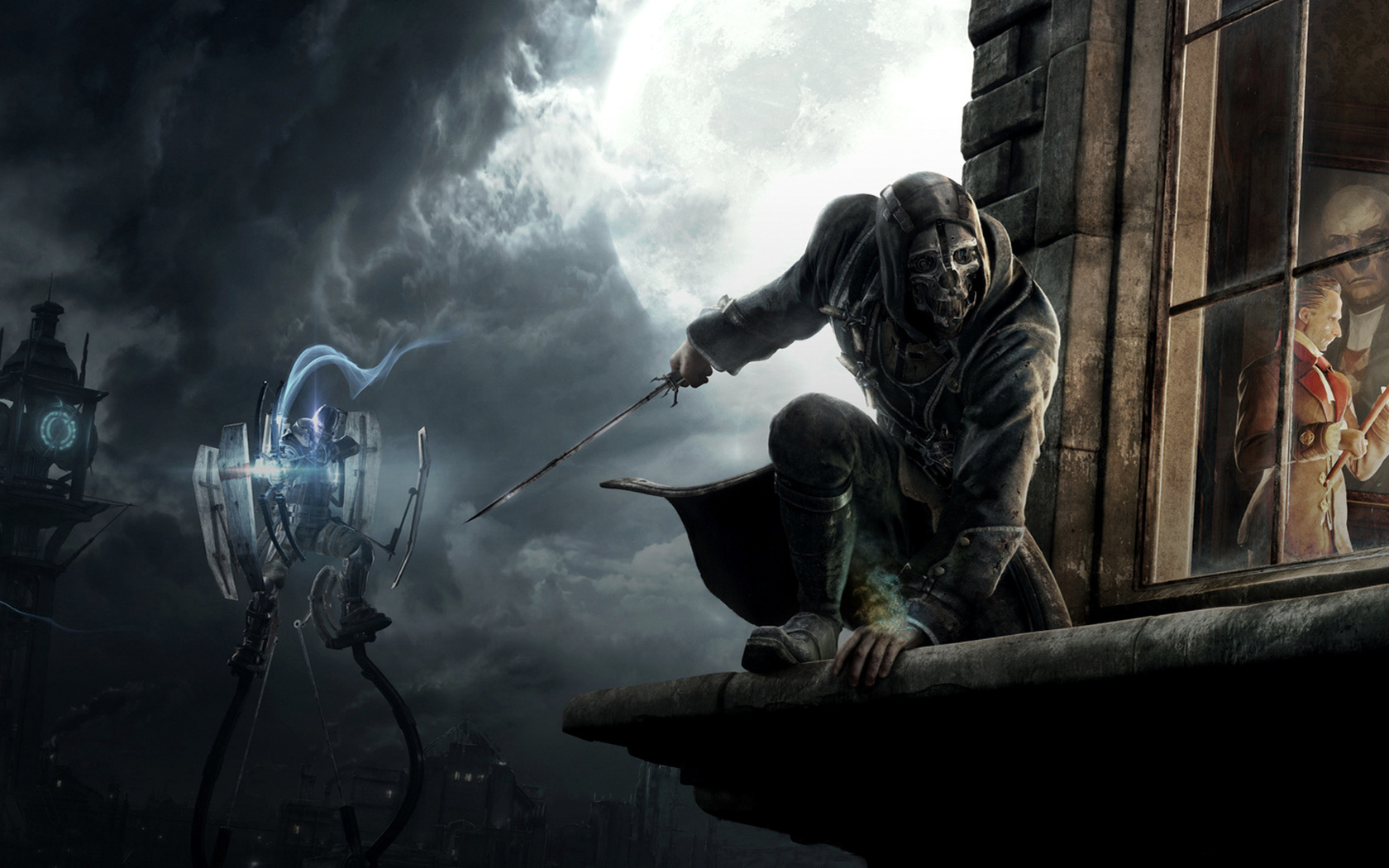Table of Contents Show
The video game “Dishonored” was released in 2012 to critical acclaim. It was lauded as an usher for a new era of choice-based RPGs and lavished with praise for its innovative gameplay, stunning artistic direction, and intricacy of design.
It received a 91 on Metacritic, was given a 9.2/10 by IGN, and currently has a 10/10 on Steam. There was one consistent criticism levied at “Dishonored,” though; many reviewers had issues with its narrative. Some said it was too simple. Others called it too predictable. There is a lack of nuance to the narrative, but it instead comes from the game’s moral fascination with murder. It seems that killing is the most reprehensible thing one can do in “Dishonored,” and this stance is what subtly but certainly undermines the narrative.
The Intentions Behind Chaos
Let’s back up a bit — when discussing morality in “Dishonored,” one needs to discuss chaos. Chaos is incredibly important in “Dishonored”; its measure determines how the entirety of Dunwall, the city in which “Dishonored” is set, reacts to Corvo Attano, the game’s protagonist. Everyone, from background NPCs to Corvo’s own daughter, is influenced by the level of Corvo’s chaos.
A system that measures players’ choices in this way is common practice in RPGs with choice-based narratives and many use traditional morals as baselines for measuring the weight of said choices. But developers at Arkane weren’t interested in making the system in “Dishonored” echo traditional morality. After all, their main character, Corvo, is an assassin on a path of vengeance; many of Corvo’s actions could easily be viewed as morally bankrupt.
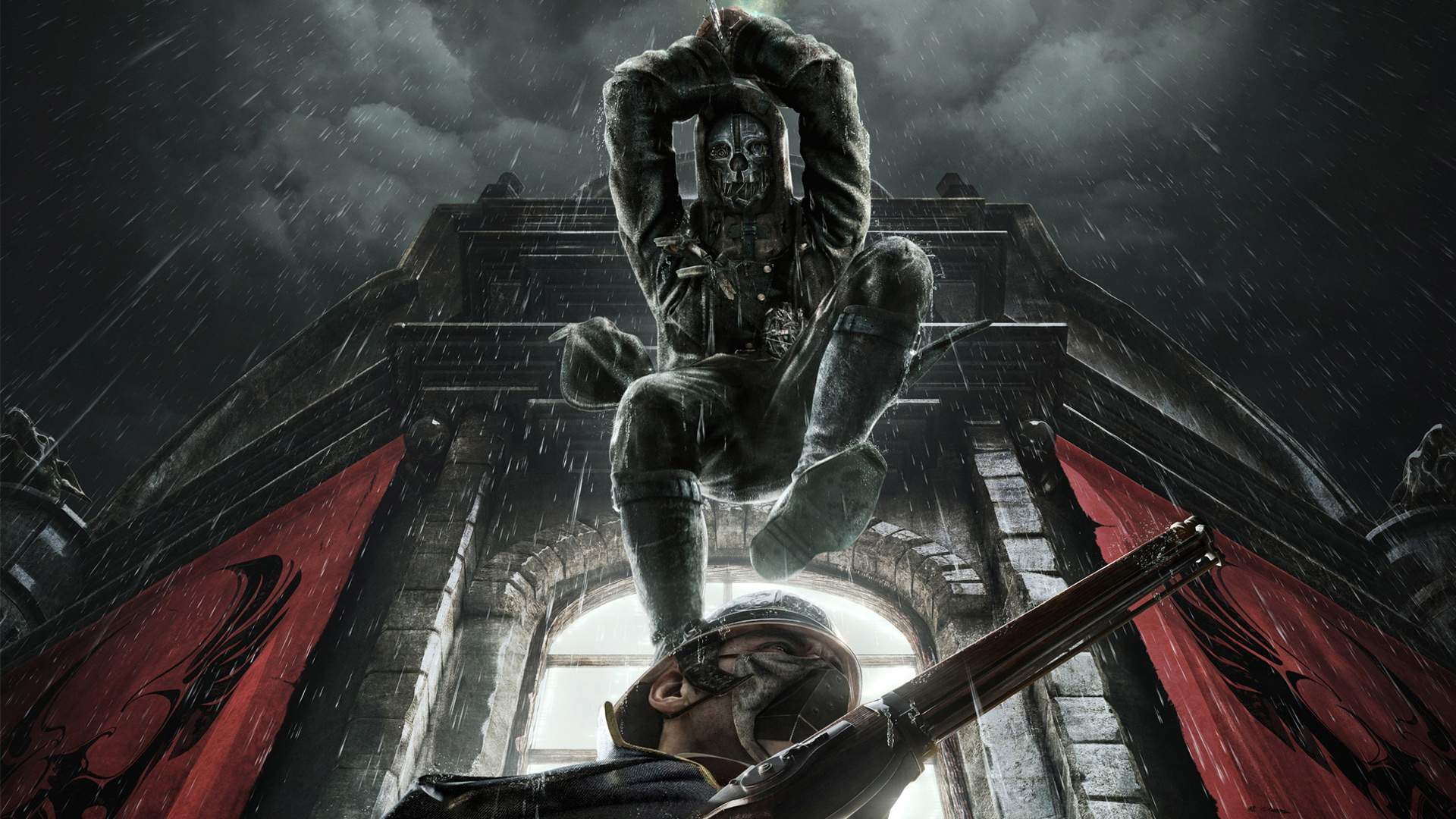
Additionally, the developers of “Dishonored” were interested in making an environment conducive to creative freedom and thus did not want players to feel limited by “good” and “bad” decisions. They “did not want to assign a judgment to [a] play style.” They only wanted to “log in how many people you kill, and your play style.”(( Britton Peele. “Dishonored’s chaos, morality, and potentially over-powered hero.” Joystiq. AOL Inc., 7 August 2012. https://web.archive.org/web/20120807184936/http://www.joystiq.com/2012/08/06/dishonoreds-chaos-morality-and-potentially-over-powered-hero/ )) Thus the chaos system was made in an attempt to avoid judging Corvo’s actions. Rather than good or evil, the chaos system in “Dishonored” instead measures Corvo’s brutality.
That brutality is strictly defined as Corvo’s and, by extension, the player’s willingness to kill. If the player decides to make Corvo a ruthless murderer, attacking and killing swathes of guards along with his assassination targets, then Corvo is designated as having high chaos. If instead the player makes Corvo into a stealthy shadow who rarely confronts his enemies, and maybe even finds alternative modes of taking out his targets, then Corvo is measured as having low chaos. Death or no death, though, there was never meant to be a moral judgment of players’ choices.
The Opposite Effect
In theory, this could have been a suitably amoral way of handling player choices. The more chaotic Corvo acted, the darker and stranger Dunwall might have become. Its people could have become colder, harder, or more fearful due to Corvo’s actions, and this could have triggered emotions in some players, incentivizing them to play less chaotically. However, there would never have been a judgment on the player.
This is only part of what happened in practice. When in effect, the chaos system has to do more than nebulously interact with the atmosphere to create an actual impact on the story. It also has to interact with the narrative, it’s setting, and its characters. For the setting and characters to be believable, they cannot ignore Corvo or his actions, whether they fall into the category of high chaos or low. They must react. Otherwise, the world and its people feel flat, and the choices the player makes feel hollow.
An easy way for storytellers to introduce tension to a narrative is by including moral dilemmas. By having the setting and characters judge Corvo and his actions based on their own internal morals, players can see just how much their choices affect the world of “Dishonored.”
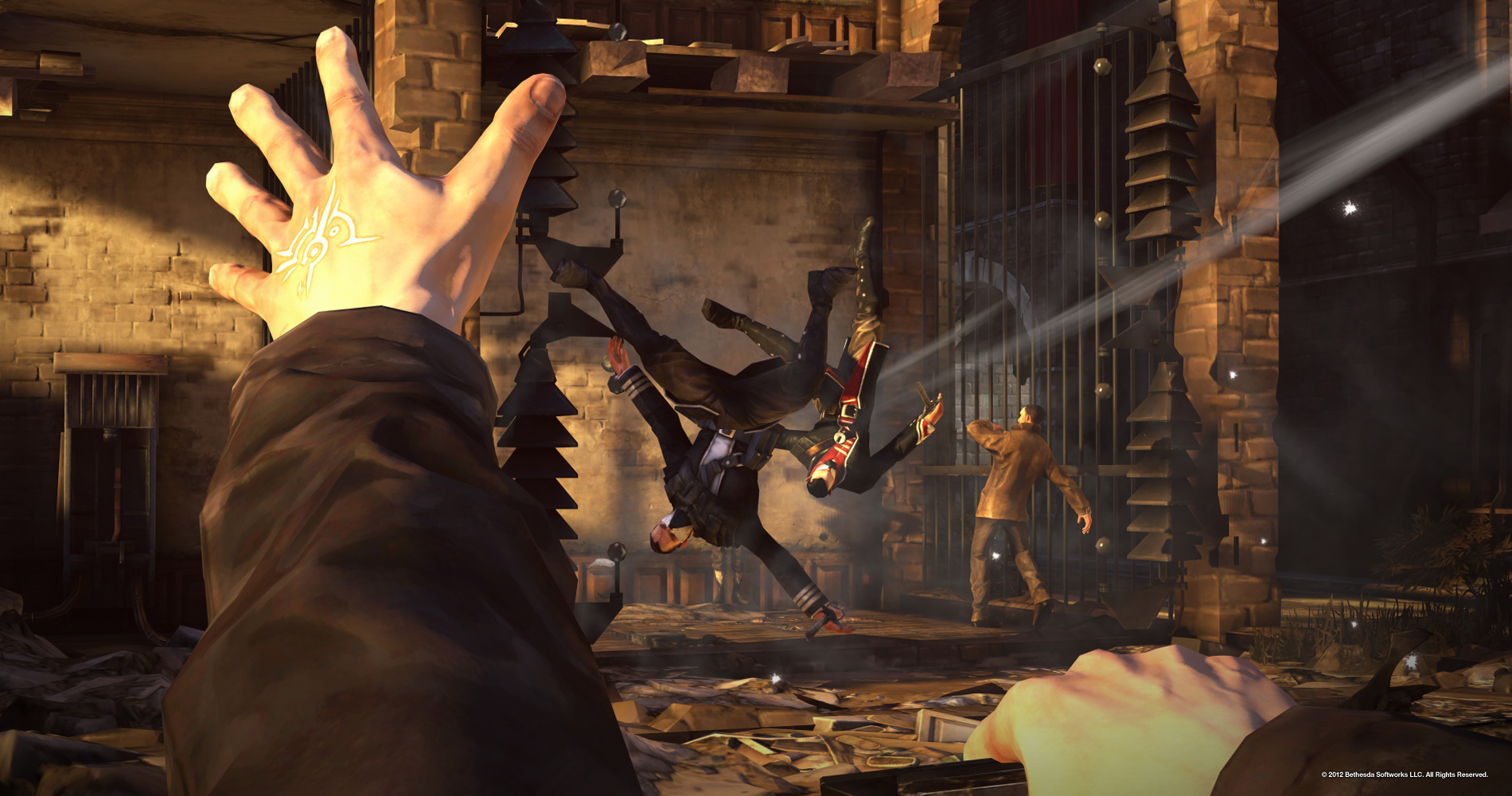
The developers of “Dishonored” chose to barrel down on this idea. Everyone, from the beggars on the street to the elites of Dunwall, to Dunwall as an entity in and of itself, makes a moral judgment about Corvo’s choices and subsequently makes those judgments known to him and to the player. Even the world and environment react to Corvo; storms may brew overhead in one location during a high chaos situation, whereas low chaos may result in clear skies; blood can be found spilled across marble floors in high chaos, but in low chaos those deaths may occur by poisoning or possibly not at all.
Now, this inclusion of morality does not entirely undo the developers’ intentions to create an amoral choice measurement system. It may feel like a judgement to some players and thus weakens the system’s amoral stance, but overall it still succeeds at not judging the player or their play style. It only judges Corvo. This does not entirely prove that the game itself is also judging the player.
So How Does The Game Judge The Player?
Unfortunately, “Dishonored” takes moral judgments out of the hands of its characters and into its own. Though developers insisted that the design of the chaos system was not to induce a moral judgment on player actions, this often does not feel like the case. The game takes pains to highlight the good that can come of low chaos actions and the evil that can come of high chaos actions.
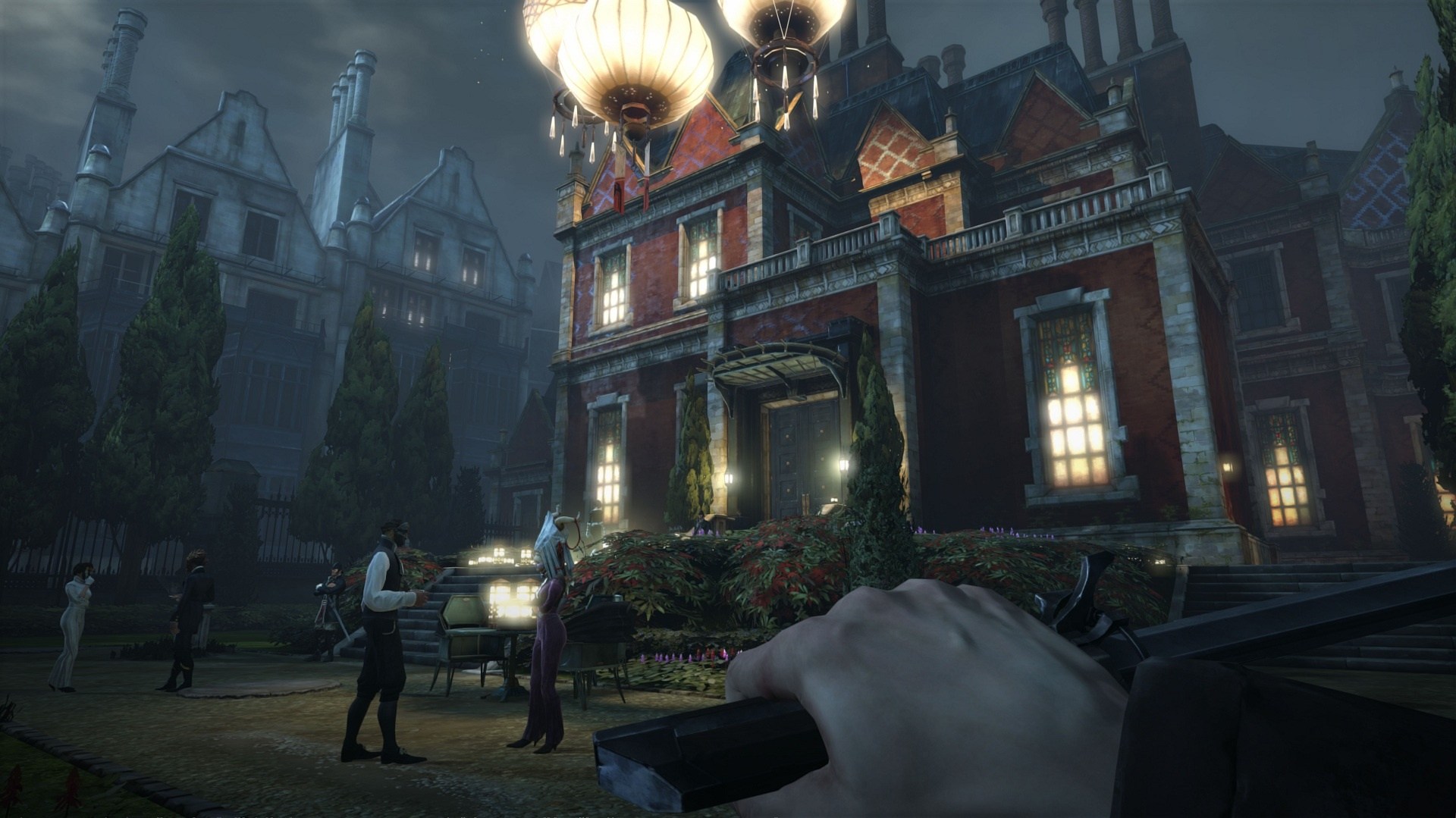
Players with a low chaos Corvo will not only experience more pleasant character interactions and a less violent and dangerous world, but they will also find that the game gets easier as it progresses. Corvo is less of an obvious threat in a low chaos run and so his enemies are fewer in number along with being less dangerous. These enemies also often take fewer precautions, placing fewer traps and obstacles in Corvo’s way. Additionally, the ending echoes Corvo’s good deeds and seems to reward him; his daughter is made an Empress and grows up to be a kind and benevolent ruler, his most loyal friends are rewarded with happy lives, and he happily lives out his days himself.
In contrast, “Dishonored” seems to punish a high chaos Corvo. His closest compatriots become cynical and even cruel towards him, his daughter ceases to recognize him, and the game becomes harder as its world becomes more heavily populated by very dangerous enemies and machines. In the end, it is incredibly likely that Corvo dies alone, hated and feared by the Empire he once served. If his daughter survives (something very difficult for first-time players to achieve in a high chaos run) she becomes a leader who rules by terror and cruelty. Corvo’s actions have corrupted her.
Moral Quandaries
The stark differences between the difficulty and rewards of low and high chaos routes are what give away the morality of “Dishonored.” Though the developers tried to create a choice measurement system that did not judge a player’s actions, they ultimately failed. The game frequently overcompensates as it attempts to create a world that changes so drastically in response to player choices. This overcompensation then forces the narrative into a position where it not only judges Corvo’s choices but the players as well. Almost inevitably, players are left feeling punished for performing what the game considers high chaos actions and rewarded for low chaos actions.
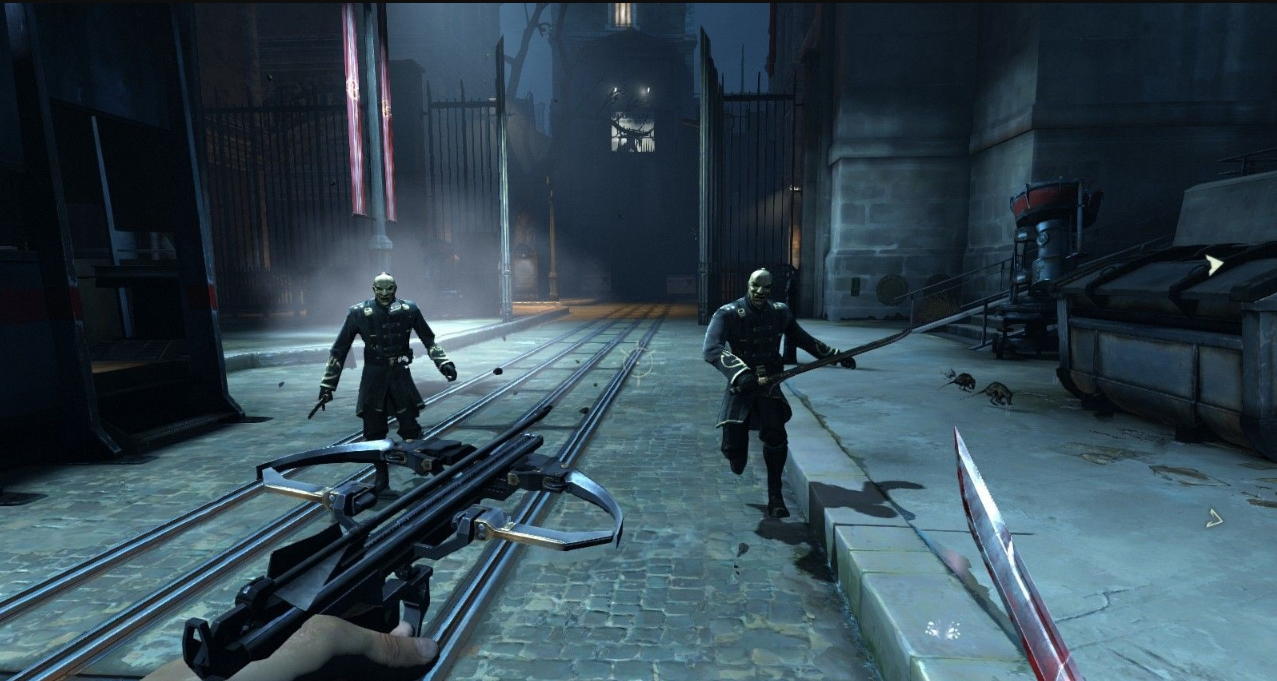
On the surface, this isn’t too much of a problem. The developers tried to create something and failed, but ultimately still created a unique and engaging aspect of gameplay. Instead, “Dishonored” has become an incredibly replayable game that not only gives players multitudinous choices on how to progress through the game but an equal number of ways in which those choices can affect the narrative. Players still get to see striking and dramatic changes to Dunwall and its citizens based solely on the choices they make. It is a thrilling aspect of the game.
As a whole, however, this internal morality undermines the narrative of “Dishonored.” It clashes with the morality inherent in its worldbuilding, the one that defines murder as the most dreadful sin a person can commit.
Thou Shalt Not Kill
This moral stance is especially apparent when comparing high and low chaos routes. The society of Dunwall fears and reviles Corvo if he is high chaos, because he is a violent murderer. The game itself also punishes Corvo and the player for taking a high chaos route; Corvo is left miserable and alone by the end of a high chaos route, having lost everything he loves because of the decisions he made. Players are then made to feel like they failed because they had Corvo kill people.
Both the game and its world seem to agree that, morally, murder is the worst thing a person can do and that such murderers should be penalized for killing. However, the low chaos route shows Corvo doing some things that, by traditional moral standards, players may find not only questionable but even more heinous. In each arc of the game, Corvo is sent on a mission to assassinate someone. Throughout the course of that mission, players may uncover ways to remove Corvo’s targets without actually killing them. By personal opinion, players may consider some of these options poetic justice. They may also consider them fates worse than death.
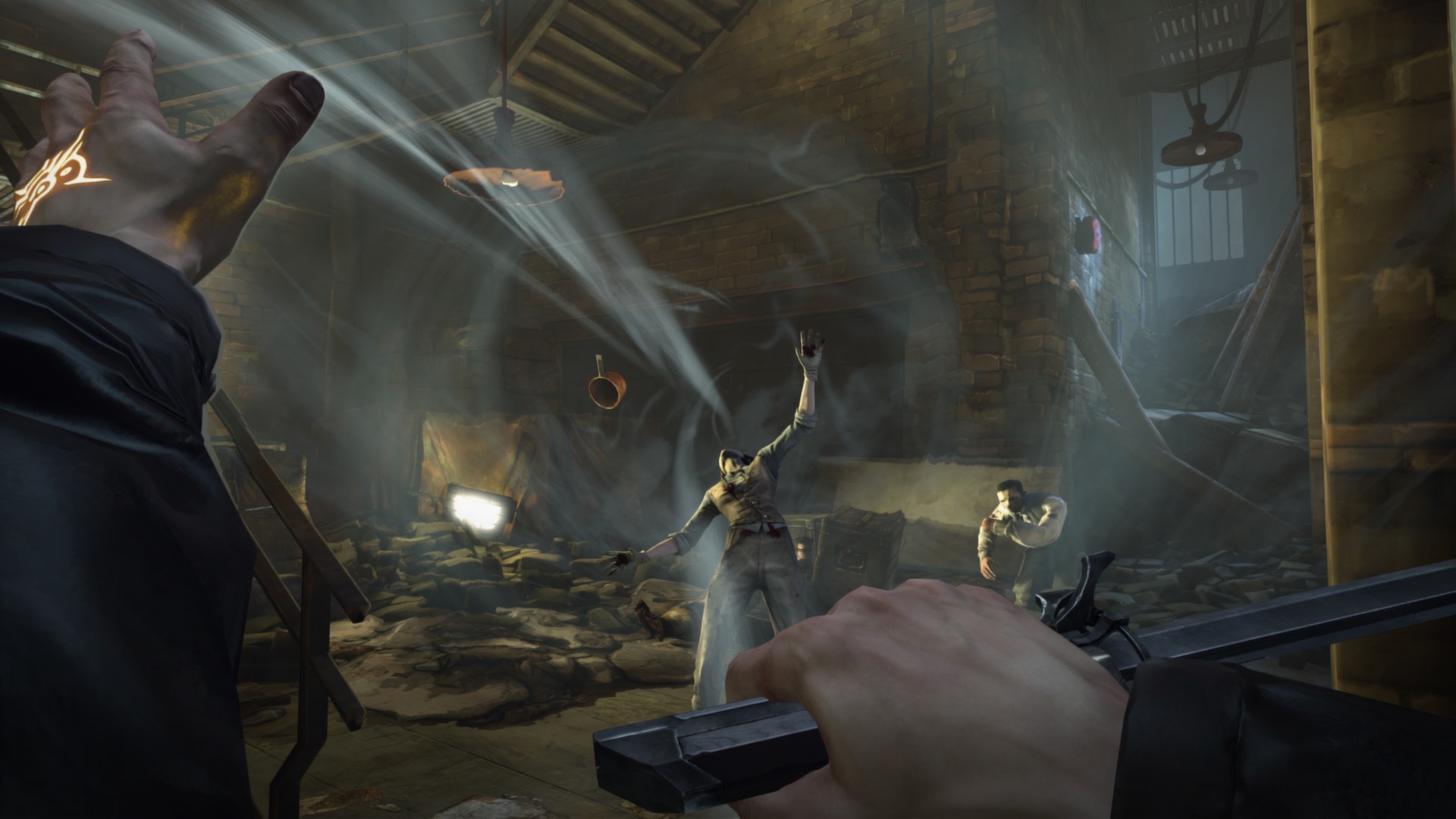
For example, one of these low chaos options involves branding a man across the face in a ritual that results in his expulsion from the religious order he leads. This man is then forced out onto the streets by his people, as the brand he is given is saved for only the most terrible heretics. They are people who the order wishes to make painful public examples of. These heretics are actively denied food and shelter by followers of the order and are looked down upon by the general populace. Eventually, Corvo discovers that this man dies a slow and painful death from the plague that is running amok through Dunwall.
Another low chaos option gives Corvo the chance to make a deal with the leader of a local gang. The gang itself is one whose members have already been established as cruel bullies who harass the poorer citizens within their territory. The gang also swindles those people, tricking them into buying ineffective plague medicine from the gang. The leader of this gang promises Corvo that he will kidnap Corvo’s assassination targets if Corvo steals the safe code of an art dealer who has nothing to do with the gang or Corvo’s targets. Once this is done, the gang leader promises to take the targets and shave their heads, cut out their tongues, and force them to work until they die as slaves in their own mines.
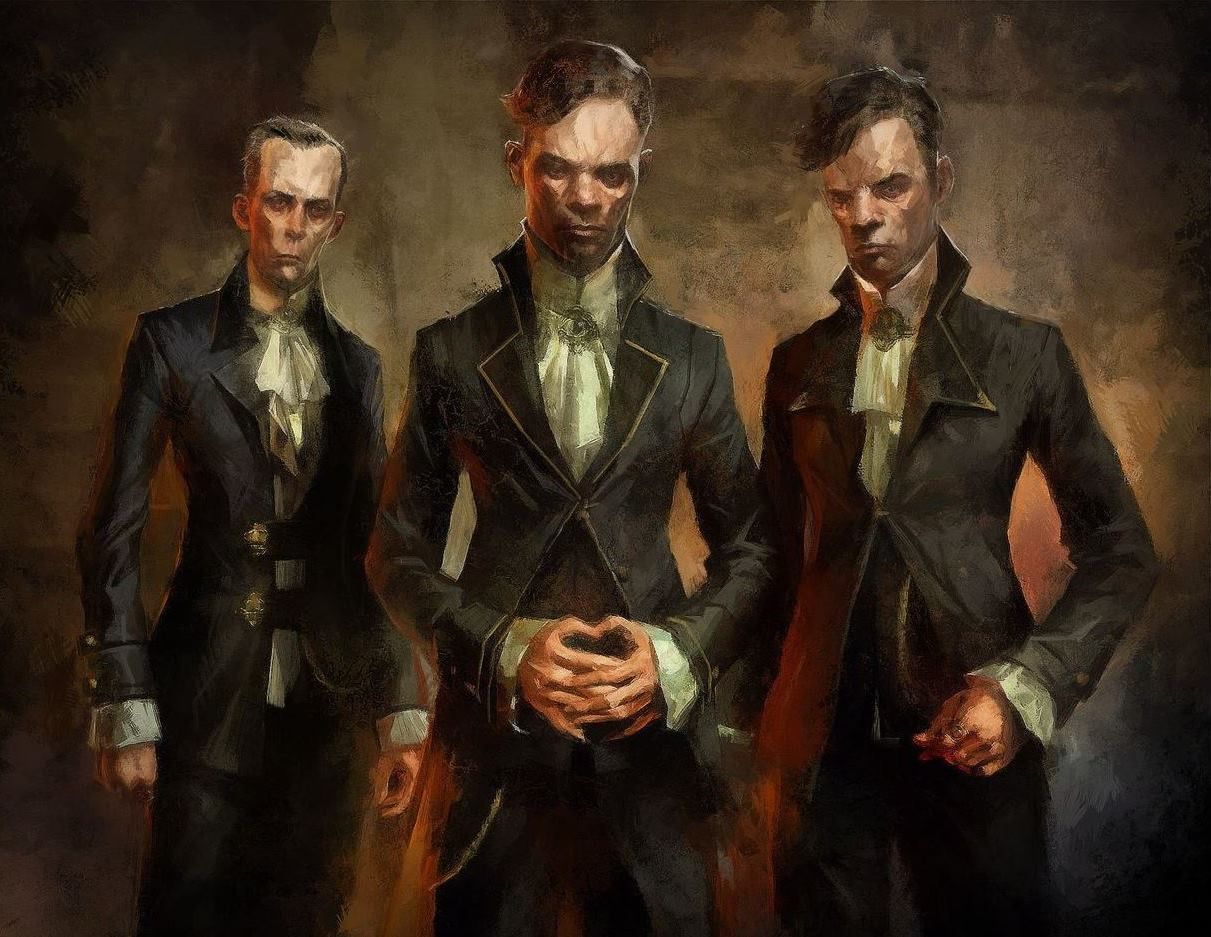
A third option has Corvo deliver an assassination target straight into the arms of her stalker. Corvo steals her from her own home and puts her into the arms of a man he knows nothing about. This man takes the target far from her home city to a mansion in the south. The kidnapper locks her in a room there and never allows her to leave that room again for as long as she lives.
Competing Morals
All of these options and others result in fates for Corvo’s targets that are worse than death. This is dependent on a person’s own philosophy and morals, but it is certainly arguable. However, the game considers these all to be the “good” options, or in the terms of “Dishonored,” the low chaos options. The player is rewarded in the end for making these choices, and Corvo is considered a kinder, more wholesome person because he found ways to not kill.
This creates a cognitive dissonance in players. On one hand, they are being told that not only does the citizenry of Dunwall think that murder is the ultimate crime, the game itself thinks so, too. On the other hand, there is a common conception in reality that some tortures are worse than death. Additionally, many of the low chaos options are still death sentences for his targets; they simply are slower than Corvo’s blade.
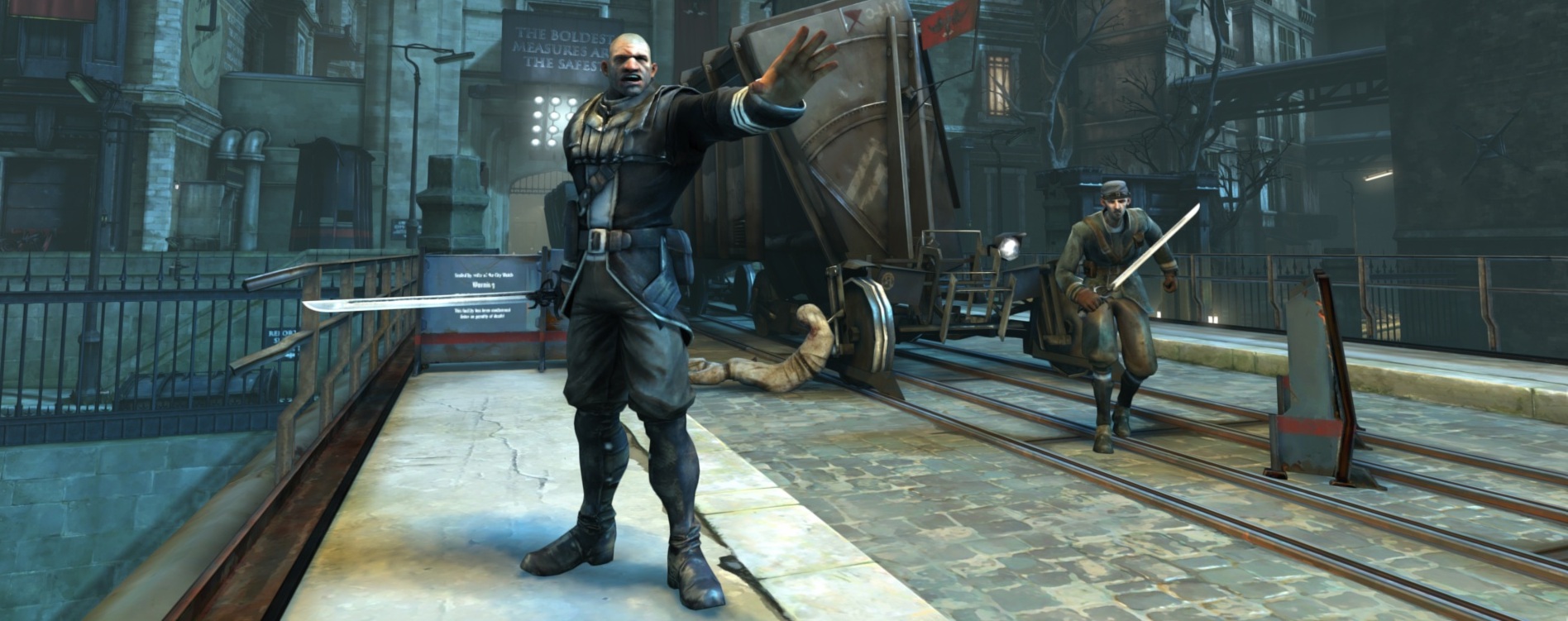
Overall, this cognitive dissonance is what truly weakens the narrative of “Dishonored.” There is a lack of nuance to what is low and what is high chaos, and thus to what is good and what is bad. An otherwise strong narrative is brought down as players question their decisions, and these questions go unanswered.
Morality In Gaming
Morals are not a deficit to amoral narratives. They can even enhance such stories. “Dishonored” tried to walk the tightrope of including morality in an amoral story to enhance its narrative and its player experience. It ultimately failed.
The game tried far too hard to compensate for the lack of intrigue that can come with writing amoral stories, and that overcompensation leads to the creation of a moral system. This does not make “Dishonored” a bad game; it still has fantastic art direction and amazing gameplay, even eight years later. However, “Dishonored” does have a less-than-impactful narrative due to this blunder. Murder can be a complex crime, and if anyone understands that, it would be Corvo Attano.
